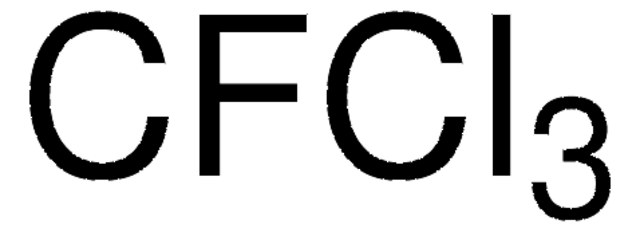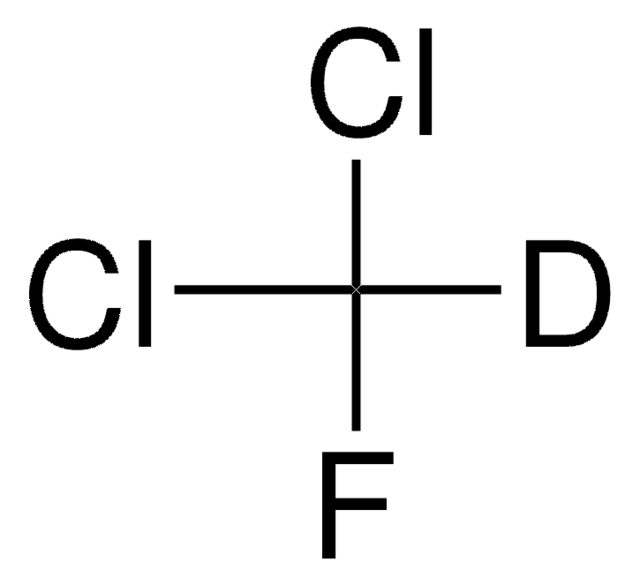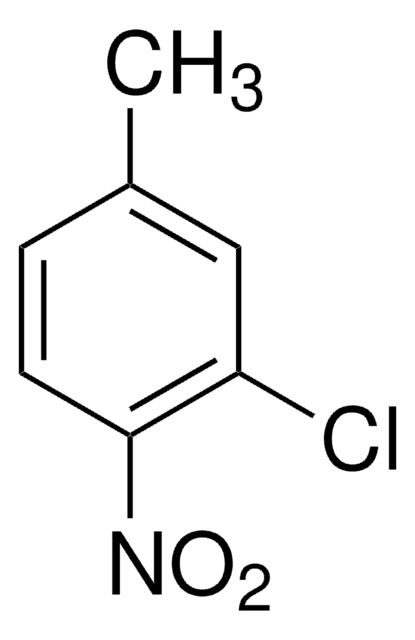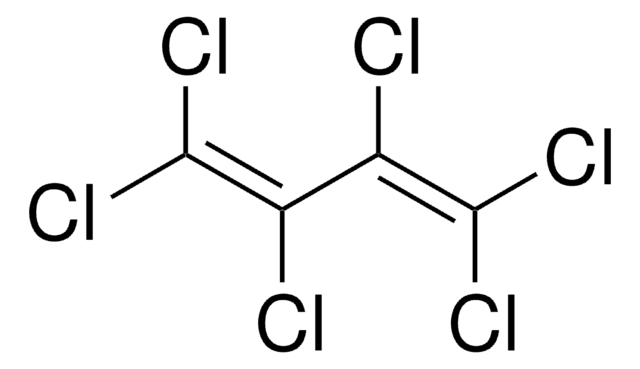Kluczowe dokumenty
270369
1,1,2-Trichlorotrifluoroethane
HPLC grade, ≥99.9%
Synonim(y):
1,1,2-Trichloro-1,2,2-trifluoroethane, 1,1,2-Trichloro-trifluoroethane, Genetron® 113
About This Item
Polecane produkty
klasa czystości
HPLC grade
gęstość pary
6.5 (vs air)
ciśnienie pary
5.5 psi ( 20 °C)
Próba
≥99.9%
Formularz
liquid
temp. samozapłonu
1256 °F
metody
HPLC: suitable
zanieczyszczenia
<0.010% water
pozostałość po odparowaniu
<0.0005%
współczynnik refrakcji
n20/D 1.358 (lit.)
bp
47-48 °C (lit.)
mp
−35 °C (lit.)
gęstość
1.57 g/mL at 25 °C (lit.)
λ
H2O reference
absorpcja UV
λ: 231 nm Amax: 1.00
λ: 240 nm Amax: 0.20
λ: 260-400 nm Amax: 0.01
ciąg SMILES
FC(F)(Cl)C(F)(Cl)Cl
InChI
1S/C2Cl3F3/c3-1(4,6)2(5,7)8
Klucz InChI
AJDIZQLSFPQPEY-UHFFFAOYSA-N
Szukasz podobnych produktów? Odwiedź Przewodnik dotyczący porównywania produktów
Opakowanie
Informacje prawne
Hasło ostrzegawcze
Warning
Zwroty wskazujące rodzaj zagrożenia
Zwroty wskazujące środki ostrożności
Klasyfikacja zagrożeń
Aquatic Chronic 2 - Eye Irrit. 2 - Ozone 1
Kod klasy składowania
10 - Combustible liquids
Klasa zagrożenia wodnego (WGK)
WGK 2
Temperatura zapłonu (°F)
383.0 °F
Temperatura zapłonu (°C)
195 °C
Środki ochrony indywidualnej
Eyeshields, Gloves, multi-purpose combination respirator cartridge (US)
Wybierz jedną z najnowszych wersji:
Masz już ten produkt?
Dokumenty związane z niedawno zakupionymi produktami zostały zamieszczone w Bibliotece dokumentów.
Nasz zespół naukowców ma doświadczenie we wszystkich obszarach badań, w tym w naukach przyrodniczych, materiałoznawstwie, syntezie chemicznej, chromatografii, analityce i wielu innych dziedzinach.
Skontaktuj się z zespołem ds. pomocy technicznej









